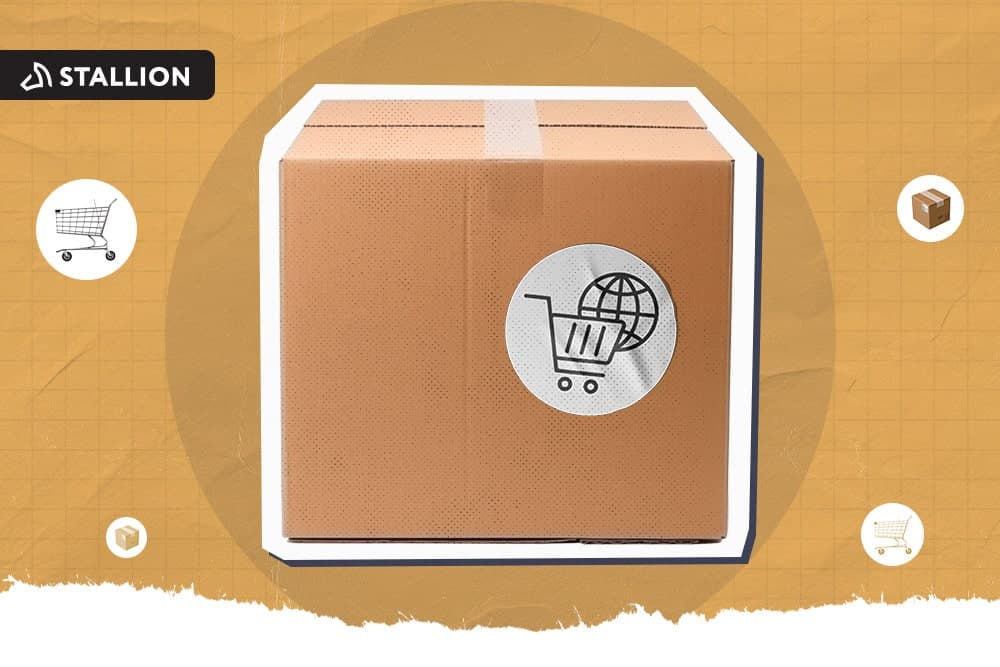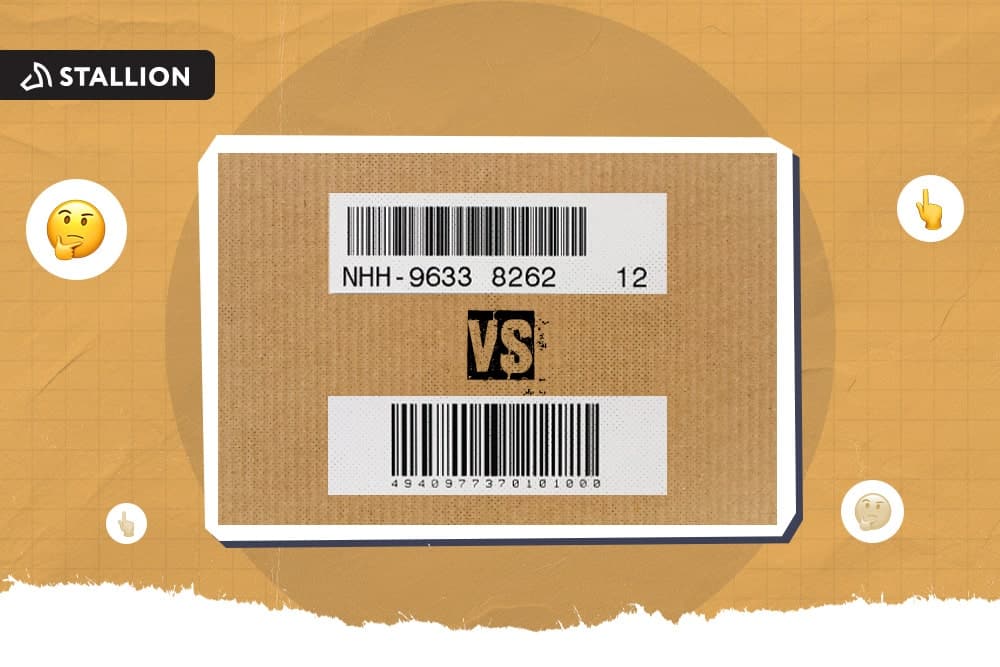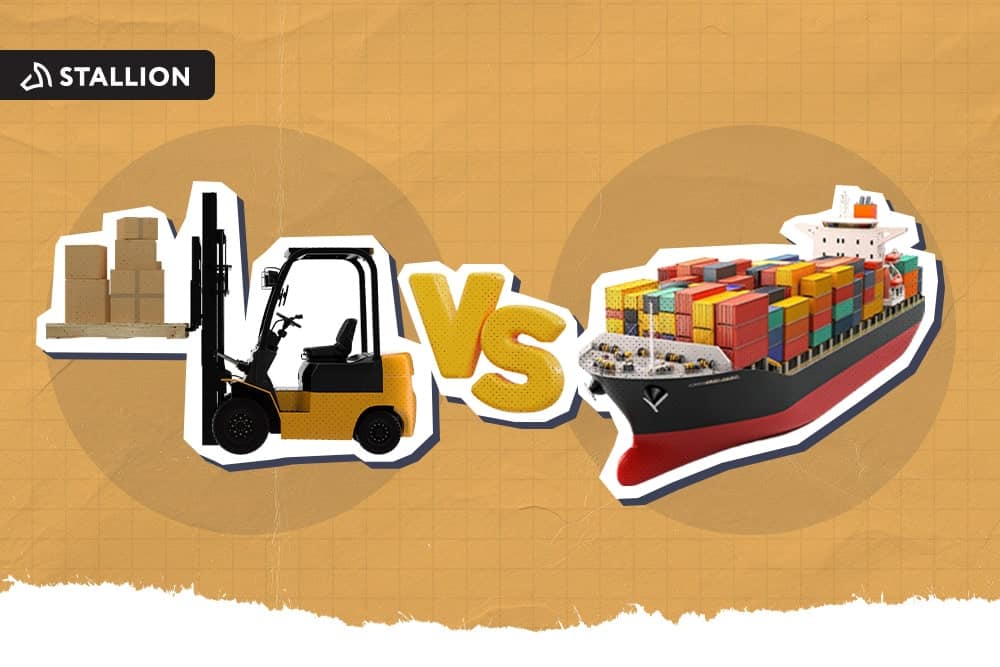
It seems America's favorite government service, the USPS (U.S. Postal Service), is currently having issues amid the coronavirus pandemic. Will this current spike of Americans who are shopping online affect shipping products from Canada to U.S.?
Based on the RAND American Life Panel (ALP) survey from May 1 to May 6, 2020, about one-quarter out of more than 2,000 Americans are shopping online because of the stay-at-home orders in the U.S. Their online shopping habits changed from "never or almost never" to "a few times per month," or from "about once a week" to "a few times a week."
For online sellers, this is good news, until the USPS crisis entered the scene. How can your business survive this current shipping dilemma, which affects not only online sellers in Canada but worldwide?
Don't worry because this article will teach you how to cope with the USPS problem. We will share alternative delivery solutions when shipping products from Canada to U.S. and other factors to consider.
In the world of shipping, USPS is the go-to delivery service for those who want to start shipping products from Canada to U.S. Besides their cheap rates, USPS performs last-mile delivery, or the final leg of shipments, especially to rural areas.
There are also third-party shipping companies which have access to discounted USPS rates, such as Pirate Ship.
However, according to a Federal News Network report, this will change once the Postal Regulatory Commission approves the rate hike request of the postal service on commercial packages, due to the U.S. administration's mandate.
This is despite the increase in package delivery during the COVID-19 pandemic that has given the USPS enough funds until August 2021. Nevertheless, the agency's mail volume decreased from 25-30%, and this would result in billions of pandemic-related losses that would further aggravate the agency's long-term financial problems.
Once approved, it will affect Priority Mail, Priority Mail Express, First-Class Package Service, Parcel Select, and Parcel Return Service. But it won't change retail package prices.
The temporary price increase will take effect on October 18, 2020, and will roll back on December 27, 2020.
This is why it is essential to have a backup plan when shipping products from Canada to U.S., which we will discuss next.
We will not only give one but three cost-effective ways when shipping products from Canada to US.S. Here are our top picks based on the weight of the shipment, delivery speed, and last-mile delivery:
It will cost you $40 to $80 for the first 100 lbs, and each additional pound is 40 cents to 80 cents when you ship with Amtrak Express Shipping. However, it is not advisable for electronics or fragile products. Plus, they would require you to drop it off their office and your customer to pick up their order.
UPS is ideal if you're shipping large packages and is cheaper than USPS. Moreover, all shipments, regardless of their weight, are insured up to $100. FedEx Ground is also perfect for heavy packages over 15 lbs.
If you're offering 2-3 day shipping, you may try FedEx and UPS Ground/Home services. Furthermore, both have more competitive rates when a package weighs over 10 lbs. FedEx 2-Day and UPS 2nd Day are developed for 2-day shipping. Meanwhile, choose UPS Next Day Air Saver or FedEx Standard Overnight for your next-day shipping orders. But if it is a next day AM shipping, your choices are FedEx Priority Overnight, FedEx First Overnight, UPS Next Day Air, or UPS Next Day Air Early.
Fortunately, there are other alternatives to USPS for last-mile or final mile delivery. The current contenders are FedEx and UPS, which are both committed to providing the best door-to-door delivery experience.
Meanwhile, the new players are GlobalTranz and Amazon. Third-party logistics solutions provider GlobalTranz launched itsFinal Mile offering on July 29, 2020, and this was made possible due to their acquisition of Cerasis in January 2020. It covers all 48 contiguous U.S. states.
Last but not least, almost50% of Amazon's last-mile deliveries have achieved their goal of becoming a full-fledged carrier. This is also Amazon's solution to avoid billion-dollar contracts with FedEx and UPS.
Apart from choosing a cost-effective and reliable courier, you must take into account the following factors:
Before your products reach American households or businesses, you need to take care of customs fees first. The U.S. custom officers will collect duties and taxes on goods that you're going to import into their country. But there are exceptions to the rule.
If your products were made in Canada, it might qualify for duty-free entry under the North American Free Trade Agreement (NAFTA). Make sure that you present a certification of origin or COO to be eligible for duty-free status.
Moreover, when your Canada-origin packages are valued under US$800, you may be eligible for duty-free and tax-free entry. Shipments valued under US$800, regardless of origin, are duty-free.
However, you will pay customs duties and taxes,if your shipments are valued over $800.
Your main goal when it comes to ordering fulfillment is a fast and safe delivery service. This is attainable once you have an existing shipping strategy.
You may offer your customer a real-time delivery rate based on the carrier's actual cost. Table rates may work as well if you sell products in various sizes, shapes, colors, or types.
You may implement flat rates to provide a simple and straightforward approach that your customers will appreciate. Or free shipping, which customers love most.
Since the USPS rate hike is just in time for the holidays, be proactive and ship your goods as early as possible. It is not only USPS but other courier companies like FedEx, UPS, and Amazon.
For example, for Thanksgiving, your packages must reach your customers before or on November 25, 2020. Likewise, UPS has no delivery or collection services on December 25 and 28, 2020. On the other hand, USPS (and other couriers) are busiest during Black Friday (November 27) and Cyber Monday (December 1), so you better plan ahead.
Shipping crisis or not, you shouldn't be rattled or swayed easily. Understand the situation first and analyze how it can affect your business. Always make sure you have a backup plan when shipping products from Canada to U.S. Don't stick with one courier company only and offer alternatives to avoid delays and angry customers. Find out the cheapest way to ship from Canada to U.S. by looking up different shipping options based on your business goals. More importantly, be aware of the customs fee you will shoulder, holiday shipping deadlines, and a shipping strategy that would meet your business and customers' needs.
Do you want to know the best way of shipping products from Canada to U.S.? Stallion Express can help you create a fool-proof shipping strategy based on your business needs. For inquiries, you can call +1 877-863-7447 or email [email protected].



Can our fellow Torontonians relate?
-
#smallbusiness #business #entrepreneur #socialmedia #shipping #ecommerce #canadianecommerce #shopify #poshmark #b2b #saas #etsy #ebay #canada #canadiansmallbusiness #shoplocalcanada #entrepreneur
#toronto

Here’s your quick hassle free shipping from 🇨🇦 to 🇺🇸 as a business owner!
-
Any questions?! Leave them 👇🏻 and save this video so you don’t forget!
-
#smallbusiness #business #entrepreneur #socialmedia #shipping #ecommerce #canadianecommerce #shopify #poshmark #b2b #saas #etsy #ebay #canada #canadiansmallbusiness #shoplocalcanada #entrepreneur

Meet @drinkbenny a 🇨🇦 female founded energy drink brand! Instead of focusing on their products, they’re taking a unique approach by hosting in person events in different Canadian cities to offer an experience for their community 🧡
-
What are your thoughts on in person events? 💭
-
#smallbusiness #business #entrepreneur #socialmedia #shipping #ecommerce #canadianecommerce #shopify #poshmark #b2b #saas #etsy #ebay #canada #canadiansmallbusiness #shoplocalcanada #entrepreneur

Do you know the difference between DDU and DDP when shipping internationally 🌏 ?
-
Questions? Leave them below! 👇🏻
-
#smallbusiness #business #entrepreneur #socialmedia #shipping #ecommerce #canadianecommerce #shopify #poshmark #b2b #saas #etsy #ebay #canada #canadiansmallbusiness #shoplocalcanada #entrepreneur

Here’s a quick hack to save time from choosing multiple postage options
↪️ Turn on the lowest postage rate automation to save you time!
-
Questions? Leave them below! 👇🏻
-
#smallbusiness #business #entrepreneur #socialmedia #shipping #ecommerce #canadianecommerce #shopify #poshmark #b2b #saas #etsy #ebay #canada #canadiansmallbusiness #shoplocalcanada #entrepreneur
